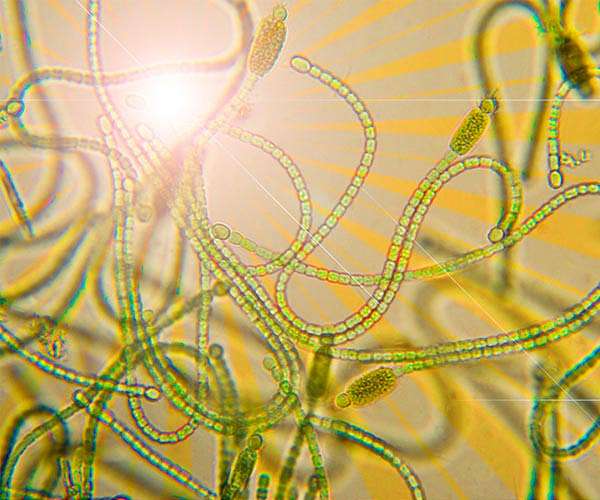Quantum factors increase the efficiency of the energy transport of plants
For countless engineers, converting sunlight into easily stored chemical energy is a sustainable goal. Nevertheless, nature perfected this challenge billions of years ago. A recent study shows that quantum mechanics, once thought that it is limited to physics, is also essential for important biological processes.
Green plants and other photosynthetic organisms use quantum mechanisms to capture the energy of the sun. According to Prof. dr. Jurgen Hauer: “When the light is absorbed in a leaf, the electronic excitation energy, for example, is spread over different situations of any excited chlorophyll molecule; this is called a superposition of excited conditions. It is the first phase of an almost loss -free energy transfer inside and and and Between the molecules and makes the efficient transport of solar energy possible.
Classic physics alone cannot fully describe how this phenomenon unfolds in green plants and in certain photosynthetic bacteria. Although the exact details are only partially understood, Prof. Hauer and first author Erika Keil regard their new findings as an important step to discover how chlorophyll, the pigment behind leaf coloring, functions. Applying these insights to developed photosynthesis devices can unlock unprecedented efficiency of solar energy conversion for both power production and photochemical applications.
In their research, the researchers concentrated on two parts of the light spectrum absorbed by Chlorophyll: the Low-Energy Q-band (yellow to red) and the energy-rich B-band (blue to green). Two electronic conditions Kwantum are mechanically linked in the Q area, which promotes virtually loss-free energy movement. The system then relaxes via “cooling”, ie by releasing energy in the form of heat. These observations show that quantum mechanical processes can play an important role in shaping important biological functions.
Research report:Re -assess the role and lifespan of QX in the energy transfer dynamics of ChlorophyL A


